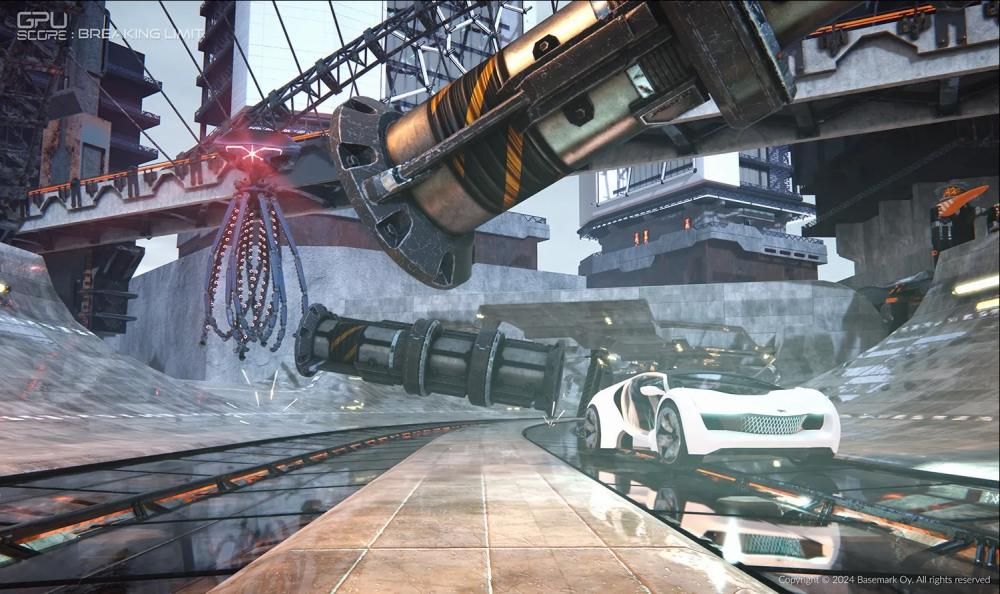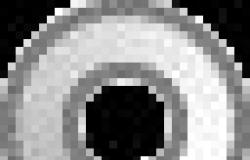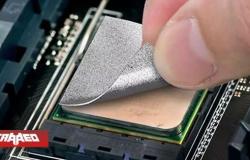Benchmark or performance testing programs are quite important in computing. On the one hand, it serves to carry out a cooperative performance between different components. In addition, they are used to see that everything is working correctly or there is a defect.
For some time now, different programs have been developed that allow cross-platform comparisons. They focus on making performance comparisons beyond desktop and laptop computers, adding portable devices such as smartphones, tablets and others.
New Breaking Limit software to measure performance
This new benchmark tool has been developed to be executed on different platforms and all types of environments. Breaking Limig aims to facilitate comparisons between low-power mobile devices and high-performance desktop systems.
Basemark points out that this new program is compatible with operating systems Windows, Linux, Android and iOS. In addition, it also highlights that it is compatible with the API graphics DirectX 12, Vulkan and Metalthe most important currently.
It has two versions, a “standard” one to measure performance in 1080p resolution and an Ultra version specially designed for 4K resolutions.
Both versions of this software focus on offering a reference in Ray Tracing technologies, measuring the performance of the reflections and shadows of this technology. Specifically, it works with the directional light shadows of ray tracing.
It stands out that ray tracing is performed at 75% of the main resolution to optimize performance. The Ultra version includes additional features such as reflections, ground-truth ambient occlusion, volumetric fog, motion blur, and temporal smoothing. For this last case, it is recommended that the graphics card have at least 8 GB of VRAM memory.
Breaking Light Ultra includes support for NVIDIA DLSS 2 and AMD FSR 2 technologies. Test with these technologies in a “balanced” quality setting. The pity is that the test results are not directly comparable due to differences in quality and that they are very different methods of rendering frames.
This new software is expected to be free, at least the standard version. It is possible that the Ultra version is paid, although it is not confirmed. The release date is also unknown.
The company has published the requirements:
Breaking Limit
Requirements
- Operating systems: Windows, Linux, iOS, Android
- Graphics API: DirectX12, Vulkan 1.3, Metal 3
- Hardware: GPU with Ray Tracing support
Test modes
- Official: uses standard settings.
- Official native: uses the device’s screen resolution as the rendering resolution (available only on Android and iOS mobile devices).
- Personalized: allows users to change the settings from the default ones used in Official.

Breaking Limit Ultra
Windows requirements
- Processor: x64
- OS: Windows 10 or 11
- RAM: 8GB
- GPU: Ray Tracing compatible with more than 8 GB of VRAM
Linux requirements
- Processor: x64
- OS: Ubuntu 20.04 or 22.04 (other distributions may be supported, but have not been tested)
- RAM: +8GB
- GPU: Ray Tracing compatible with more than 8 GB of VRAM
Test modes
- Official: uses standard settings.
- Enhanced DLSS/FSR: measures performance using the two main enhancement techniques: AMD FSR2 and NVIDIA DLSS2 (available only in Breaking Limit Ultra).
- Personalized: allows users to change the settings from the default ones used in Official.








